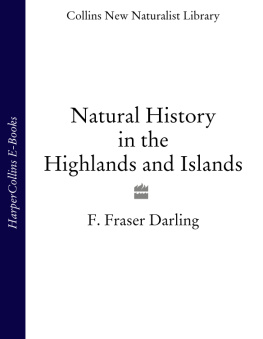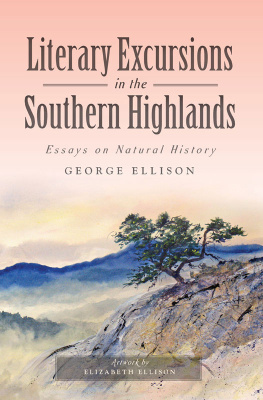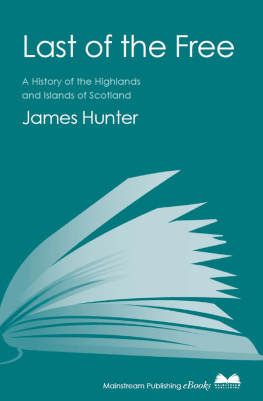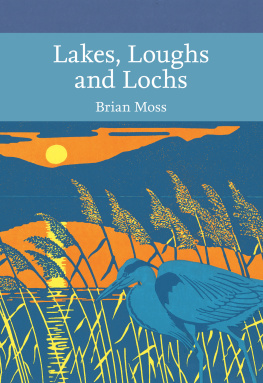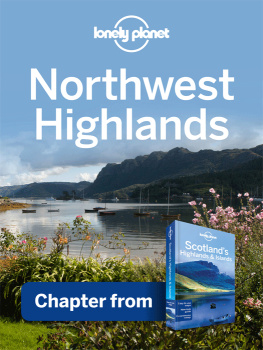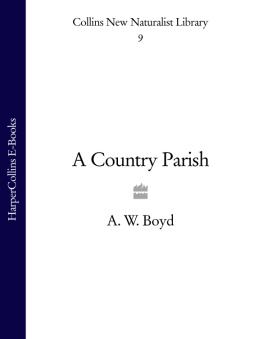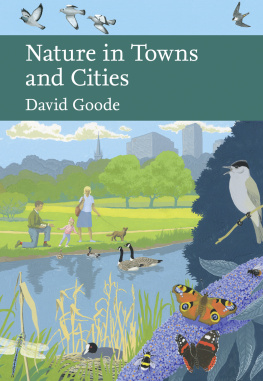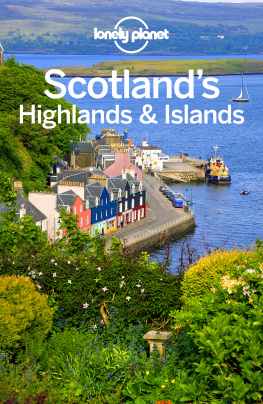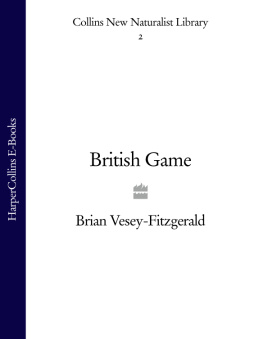TO THE MEMORY OF
WILLIAM ORR, F.R.C.V.S.
Singapore, December 1945
KENNETH McDOUGALL, M.Sc., M.R.C.V.S.
Normandy, August 1944
WHO KNEW AND LOVED THE HIGHLANDS AND ISLANDS
AND THE WILD LIFE THEREIN
JAMES FISHER M.A.
JOHN GILMOUR M.A.
JULIAN S. HUXLEY M.A. D.Sc. F.R.S.
L. DUDLEY STAMP B.A. D.Sc.
PHOTOGRAPHIC EDITOR:
ERIC HOSKING F.R.P.S.
The aim of this series is to interest the general reader in the wild life of Britain by recapturing the inquiring spirit of the old naturalist. The Editors believe that the natural pride of the British public in the native fauna and flora, to which must be added concern for their conservation, is best fostered by maintaining a high standard of accuracy combined with clarity of exposition in presenting the results of modern scientific research. The plants and animals are described in relation to their homes and habitats and are portrayed in the full beauty of their natural colours, by the latest methods of colour photography and reproduction.
FOR MANY years Dr. F. Fraser Darling has found his field of work in the Highlands and Islands of Scotland. One of his pioneer researches was into the social behaviour of a herd of red deer, in an area of Wester Ross dominated by the massif of An Teallach. In 1936 he began the first of two seasons work on Priest Island of the Summer Isles, studying the social structure of gull colonies and of small flocks of grey lag geese and other gregarious birds. It was from this work that Dr. Darling was led to enunciate his theory connecting the size of a social group of gregarious animals, with its breeding-time, and breeding-success. Statistical analysis and further observation by other workers have confirmed this theory and shown it to be of wide biological importance. Darling then made protracted autumn and winter visits to Lunga of the Treshnish Isles, and to North Rona, in order to study a further type of animal sociality, that of the Atlantic grey seal, an animal of whose life history we knew surprisingly little. He also worked his small farm on Tanera in the Summer Isles in such fashion as to show that it was possible and reasonable to raise considerably the stock-carrying capacity of the West Highlands and to grow a large amount of human food under crofting conditions.
Fraser Darling is a born naturalist, was brought up to farming, and became a scientist as thoroughly and quickly as academic discipline permitted. His first researches (at the Institute of Animal Genetics, Edinburgh University) were on the Scottish Mountain Blackface breed of sheep. He combines the qualities of a trained biologist and practical farmer with those of a sensitive field observer. As a humanist he is considering the Highland problem with none of the peculiar obsessions with which it has so often been approached: some Highland countrymen believe only in sport, or stalking, or sheep: others believe that no problem is more important than crofting, or water power, or the tourist industry, or the collecting of rare alpine plants. Fraser Darlings sympathies are with all the interesting problems of living things in the Highlands, not least with the human species whichin this wild part of Britain where man is in such close contact with the natural physical environmentmust be regarded in relation to the others. It is in this spirit that he is interpreting his present work as Director of the West Highland Survey.
In this book, which is the first effort, so far as we are aware, to give a picture of Highland natural history as a whole, Dr. Darling has, naturally, expanded on those subjects with which he is most familiarthe life histories of seals, deer and sea-birds, and the ecology of grazing and regeneration of forest growth. Nevertheless, he has a general view, derived from a wide and mature experience, tempered with homely wisdom, and illuminated by his genuine love for the Highlands. There is, in this book, no aura of bogus romance; there are no purple passages or sporting reminiscences: instead, he has given us something of the real essence of Scotlands land and sea.
THE EDITORS
Every care has been taken by the Editors to ensure the scientific accuracy of factual statements in these volumes, but the sole responsibility for the interpretation of facts rests with the Authors
A MAN does not write a book like this one without a good deal of help. First, there is that host of observers and seekers after knowledge whose works have been scanned for their contribution to this attempted synthesis. Then there is the good criticism given by the Editors, James Fisher in particular, for his friendship has been sorely tried. Charles Elton was good enough to spend part of his first holiday in seven years reading the draft, and his suggestions have been invaluable. Averil Morley has helped me throughout in gathering data and as a constant kindly critic. I am grateful to them all, but would not like to unload on to them any of the responsibility for this book. After all, I have not always taken their advice and must stand or fall alone in what seems to me something of a tight-rope act. This work is not a handbook of natural history; that is why I have refused to call it The Natural History of the Highlands and Islands; that would have been too presumptuous a title. Whole orders of animals and plants escape any mention, partly for want of space but mainly, perhaps, because one man is not omniscient. The aim has been to tell a plain tale of a remarkable region and of some of the causes, interactions and consequences which confront the inquiring mind. One thing I would say: I know more now about natural history in the Highlands and Islands than when I began this book three years ago, and writing it has set me thinking. I want to get into the field again and look into new problems that have occurred to me. If the book has the same effect on anybody else, it will have served some good purpose.
F. D.
Strontian,
North Argyll.
GEOLOGY AND CLIMATE
IT MAY be truly said of the Highlands and Islands of Scotland that the geology of the country makes the scenery. The geology cannot be ignored in describing the area, as the subject might be if the rocks were overlaid with a great thickness of soil deposited by alluvial drift. Here in the Highlands there is often no soil at all, the bare rocks starkly showing to sun and tempest; or again, a thin layer of acid peat may be the only covering. Such true soils as exist on the hillsides and in the straths are usually of fairly local origin, reflecting the qualities of the rocks near at hand.
Geology, then, linked with climate, determines very largely the nature of the initial vegetation of the Highlands. Man himself determines the secondary vegetation to some extent through his management of animals and of fire, but there are decided limits to what he can do in the face of the geology. Vegetation in its turn, and again governed by climate, has a remarkable effect on the animal life of the region, both in variety and distribution. Geology, through the relief of the land to which it gives rise, also has a definite effect on climatefor example, the presence of mountains results in the condensation of the moisture of the air, hence the characteristic heavy rainfall in their vicinity. The vegetation influences slightly the immediate climate of a region, and the two together may have their effect on the superficial geology, as in woodlands preventing erosion and gullying of hillsides.
We should remember the constant interplay of these dynamic forces as well as life itself in studying the natural history of the Highlands and Islands. It is a noble drama of weather and mountain and sea and plant and animal, the

